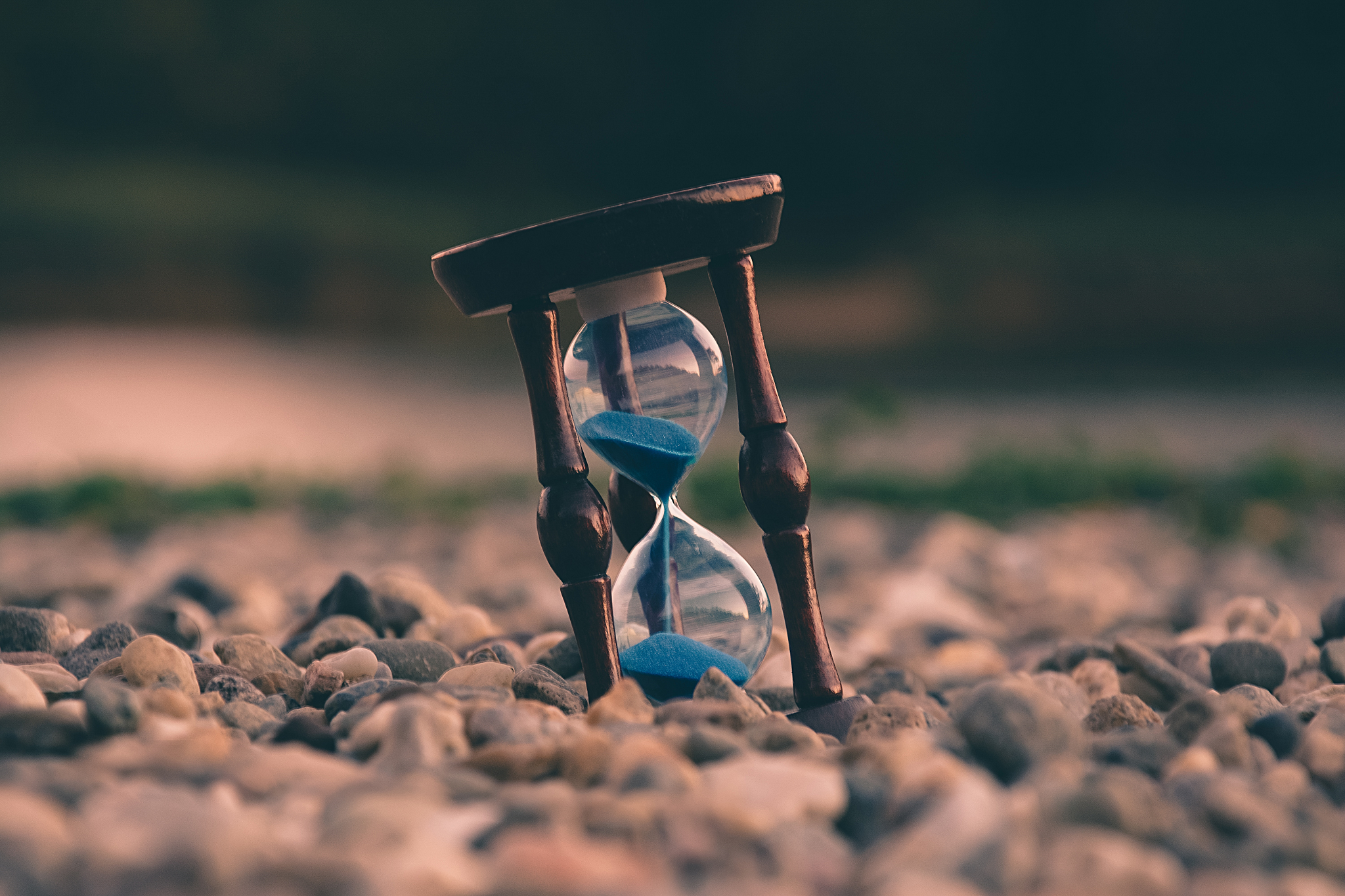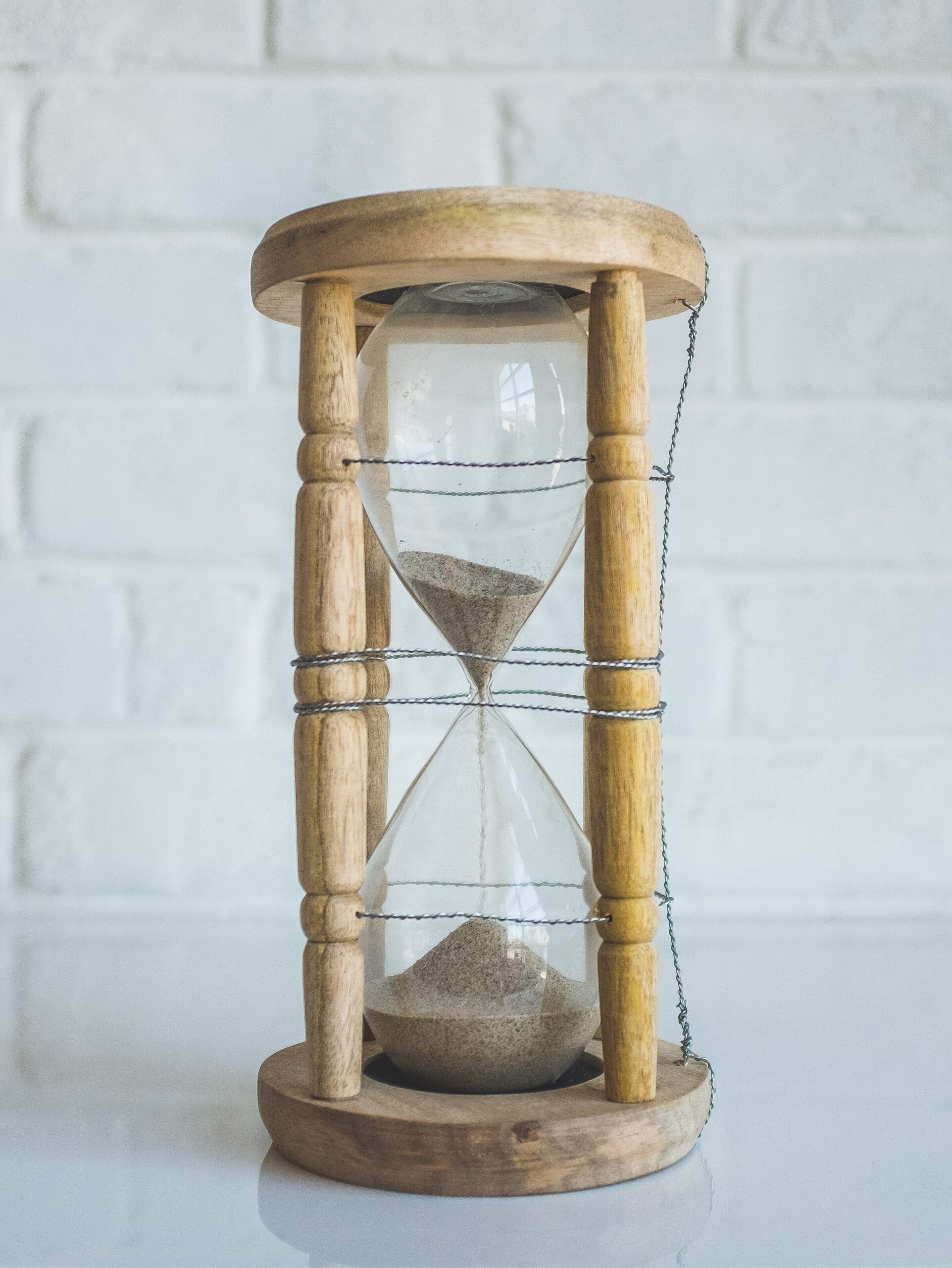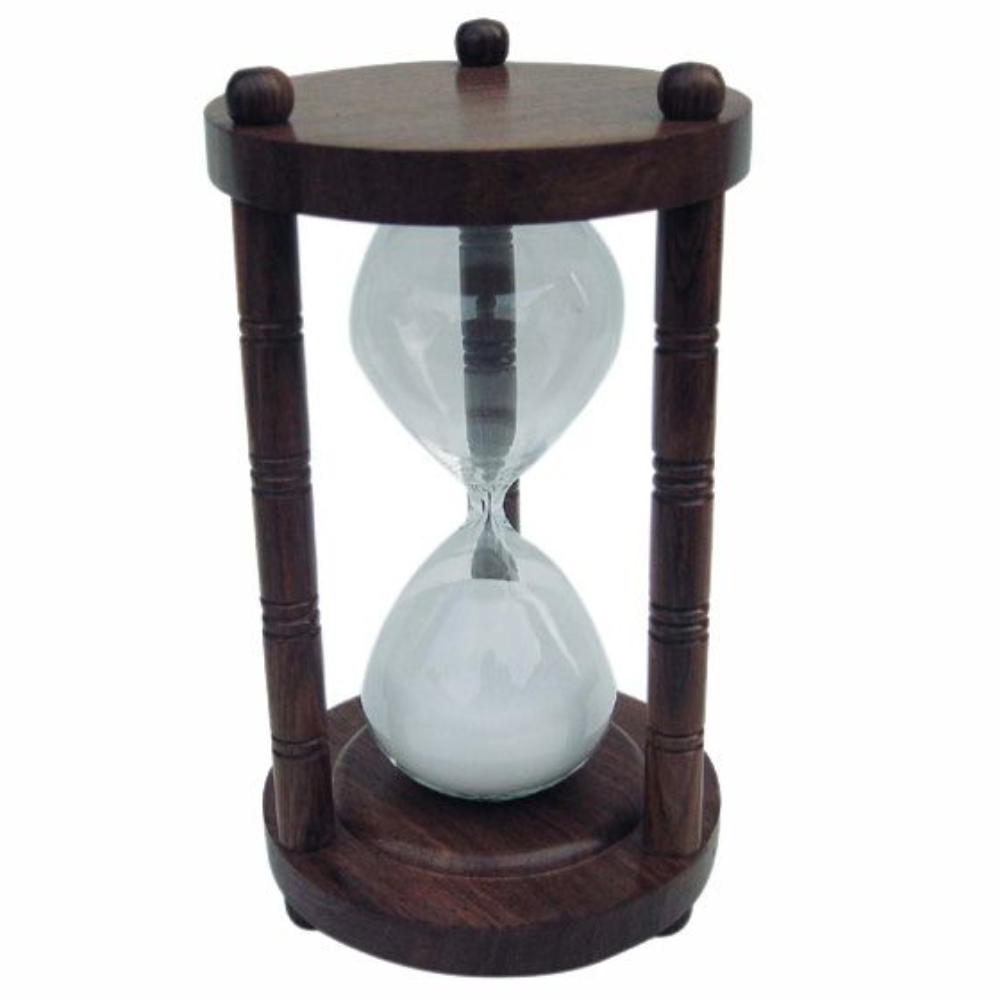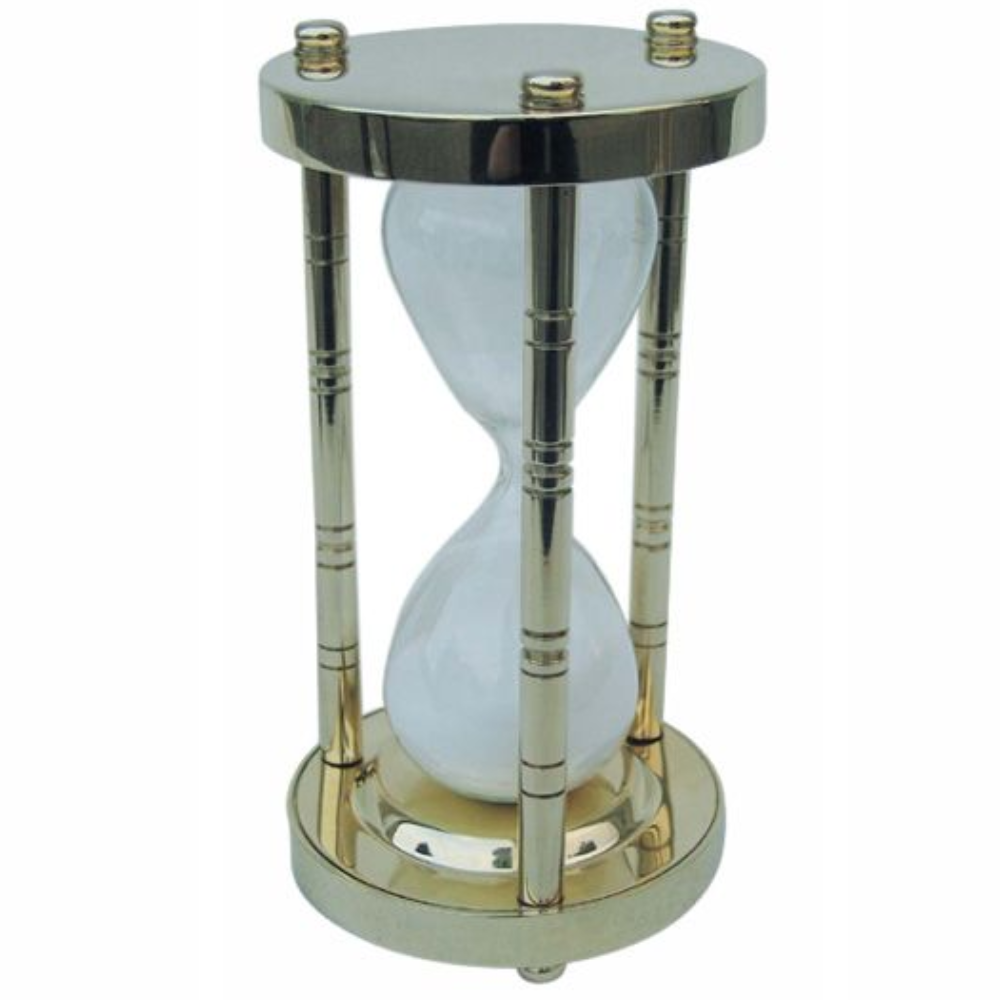
Hourglasses in history
Hourglasses have been useful tools for measuring time for centuries. The history of this ancient invention goes back to the 14th century. The use of hourglasses was widespread until the end of the 16th century, when more precise clock mechanisms began to be used. Today, hourglasses are more used as decorative objects, but they can still be found in use both in cooking and, for example, during meditation.
- What are hourglasses made of?
- Sea and hourglasses
- With hourglass you’re on course
- How to store an hourglass?
- 5 Exciting facts about hourglasses
What are hourglasses made of?
An hourglass consists of two glass or plastic containers connected by a narrow tube. One vessel contains sand that drips to the bottom of another vessel within a set time. When the sand has reached from one container to another, the time can be started again. The exact time of hourglasses depends on the amount of sand, the diameter of the pipe and the shape of the whole device. Particularly accurate hourglasses were once used to navigate ships and make astronomical observations.
Hourglass in design and interior
Although today hourglasses are more decorative objects, their history and technology are still interesting to know. Hourglasses have also inspired artists and designers who have created many different designs from them. An hourglass is also a great gift for people with specific hobbies and interests, such as cooking or meditation.
Hourglasses have a timeless design and fit well into a variety of interiors, adding timeless elegance and style. Hourglasses are a fascinating and historical tool that have been helping to measure time for centuries. They are a classic example of the history of the development of mechanical clocks and give us an idea of how people measured time before the invention of more precise clock movements.
An hourglass fits very well as a design element in a sea-themed interior.
Sea and hourglasses
Maritime history is full of stories that have influenced our world to this day. Ships have been an important part of history, being an integral part of trade, travel and war. However, one of the more interesting connections with ships is that ships have been central to the use of hourglasses.
With hourglass you’re on course
Hourglasses were important navigational tools that helped sailors determine the length of a sea voyage and keep the ship on course. How hourglasses were introduced on ships is not entirely clear.
Some historians believe that the first hourglasses were used in China as early as the 8th century, and the use of this device spread to Europe in the 14th century. They were indispensable on ships, as there were no accurate clock mechanisms at the time, and ship navigation was largely dependent on the weather and natural conditions. The use of hourglasses made maritime exploration and trade easier, helping sailors calculate speed and avoid navigational errors.
How to store an hourglass?
How to keep your hourglass long-lasting and beautiful?
- First, avoid shaking or moving the hourglass, as this can affect the movement of the sand and raise dust inside the hourglass. You should also avoid placing the hourglass in the sun or in hot places such as saunas and bathrooms where steam condenses, which can cause sand to stick.
- Second, clean the hourglass regularly with a soft cloth to remove dust and dirt. Avoid contact of sand with water, as it can damage the quality of the sand and cause corrosion of metal parts.
- Third, if you want to transport the hourglass, be sure to pack it carefully and safely to avoid breakage or damage.
Authentic and captivating VALENCIA
Did you know that the accuracy of an hourglass depends on the quality of the sand? The size and uniformity of the sand particles can affect the accuracy of an hourglass. High-quality hourglasses use carefully chosen and sifted sand to ensure consistent timing.
The VALENCIA hourglass is a perfect representation of this. Its unique design and warm color make it a standout piece that can bring a special touch to the room’s decor. It’s not just a timekeeper, but also a timeless addition to your home decor.
Tasteful and brilliant ANTWERP
In the Middle Ages, hourglasses were used as a form of criminal punishment. The offender had to flip the hourglass and wait for the sand to run out before being released from their punishment.
The hourglass, with its timeless design, has come a long way since then and is now a popular decorative item in modern interiors. The brass frame of the hourglass adds a touch of luxury and sophistication to any room. The ANTWERP hourglass is a classic piece that will never go out of style.
5 Exciting facts about hourglasses
1. The largest hourglass is situated in Japan. It’s 5.2 meters tall and weighs 2.5 tons. Built in 1991, the giant hourglass is turned over at midnight every December 31, and takes exactly 365 days to make a full circle. The smallest hourglass known is only 1.4 millimeters tall. It is made of glass and can only be used under a microscope.
2. Hourglasses replaced waterglasses because they did not spill with sudden movements or evaporate. Water clocks condensed and froze at certain temperatures, so sand was better suited.
3. The first versions of hourglasses had an upper and a lower part that did not have a narrow glass connection between them, but instead were connected by string and wax.
4. In the Middle Ages, hourglasses were used in schools and universities to keep classes on time. Students were only allowed to go when the hourglass was completely empty.
5. Materials other than sand have also been used to make hourglasses, such as salt, sugar and rice. Stone dust, marble dust, silicon dioxide or fine glass beads are also often used. Grains flow better if they are perfectly round, so angular grains are avoided.



